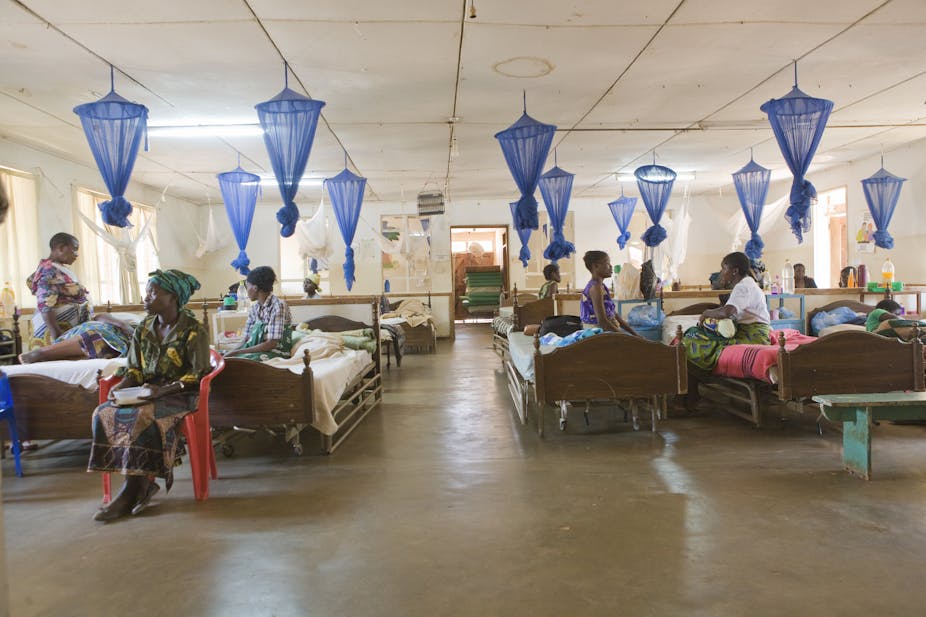The announcement that GlaxoSmithKline (GSK) aims to register a malaria vaccine came on the same day Peter Higgs and Francois Englert were awarded the Nobel prize in physics for predicting the existence of the Higgs boson particle.
The contrast between abstruse, fundamental physical discoveries and children dying from malaria couldn’t be greater. The 30 year struggle to develop and test a malaria vaccine has gone on for almost as long as it took physicists to convince themselves that the Higgs boson exists. For malaria, however, the vaccine, known as RTS,S, is an important first step, rather than the last word on the subject.
RTS,S is designed to raise antibodies that block malaria parasites from getting to or entering the liver, after mosquitoes first inject the sporozoite - the cell form that infects new hosts - into patients. It comprises part of a protein that coats sporozoites linked to a sequence from Hepatitis B, and is given with an agent designed to stimulate immune responses.
This strategy to engage the immune system in making antibodies seems to work well, but the next step that matters to patients – preventing disease – is harder to achieve. The vaccine succeeds about half the time in reducing the frequency of clinical attacks of malaria, although in the most vulnerable and malaria-exposed infants who were studied, only about a quarter of episodes of malaria were prevented. Generally, vaccines in current use have much higher success rates and are more than 90% effective in preventing disease. They also often work for longer than the three years that RTS,S has been shown to do.
So how should an imperfect vaccine such as RTS,S be used? This is one of the most pressing questions for GSK because it defines which licence will be sought for the vaccine. There was a hope RTS,S could be combined with the conventional vaccination schedules in younger infants (younger than six months) but the efficacy in this group is not as good as it is for older infants. The vaccine is also less effective in those who are exposed to malaria infections more often, a group that therefore need protection more than others. If an older group of infants is to be immunised, then this will have to be done in addition to the conventional vaccinations that children should receive.
The cost of the vaccine is also a consideration. If a child has a one-in-four or a one-in-two chance of benefitting from the vaccine, this means that many children who won’t benefit are going to receive immunisations. Who should pay for this? The vaccine itself has been developed by GSK but with much academic and charitable support. It would be a notably worthy decision if GSK decided to make this vaccine, with all its limitations, freely available to all for whom it is designed rather than levying any costs (be they for production or research). After all, it is the first malaria vaccine that has reached the stage where licencing is contemplated. For a disease that ravages the lives of millions every year, and takes a significant fraction of those, any intervention, however imperfect, is better than none.
There are other vaccine initiatives underway, some with early promise, that suggest better efficacy than RTS,S. But the history of malaria vaccine development is like a long walk in the hills. Just when you think you have reached a summit, the next one appears. RTS,S firmly plants its flag at basecamp, but we still have that mountain to climb.

